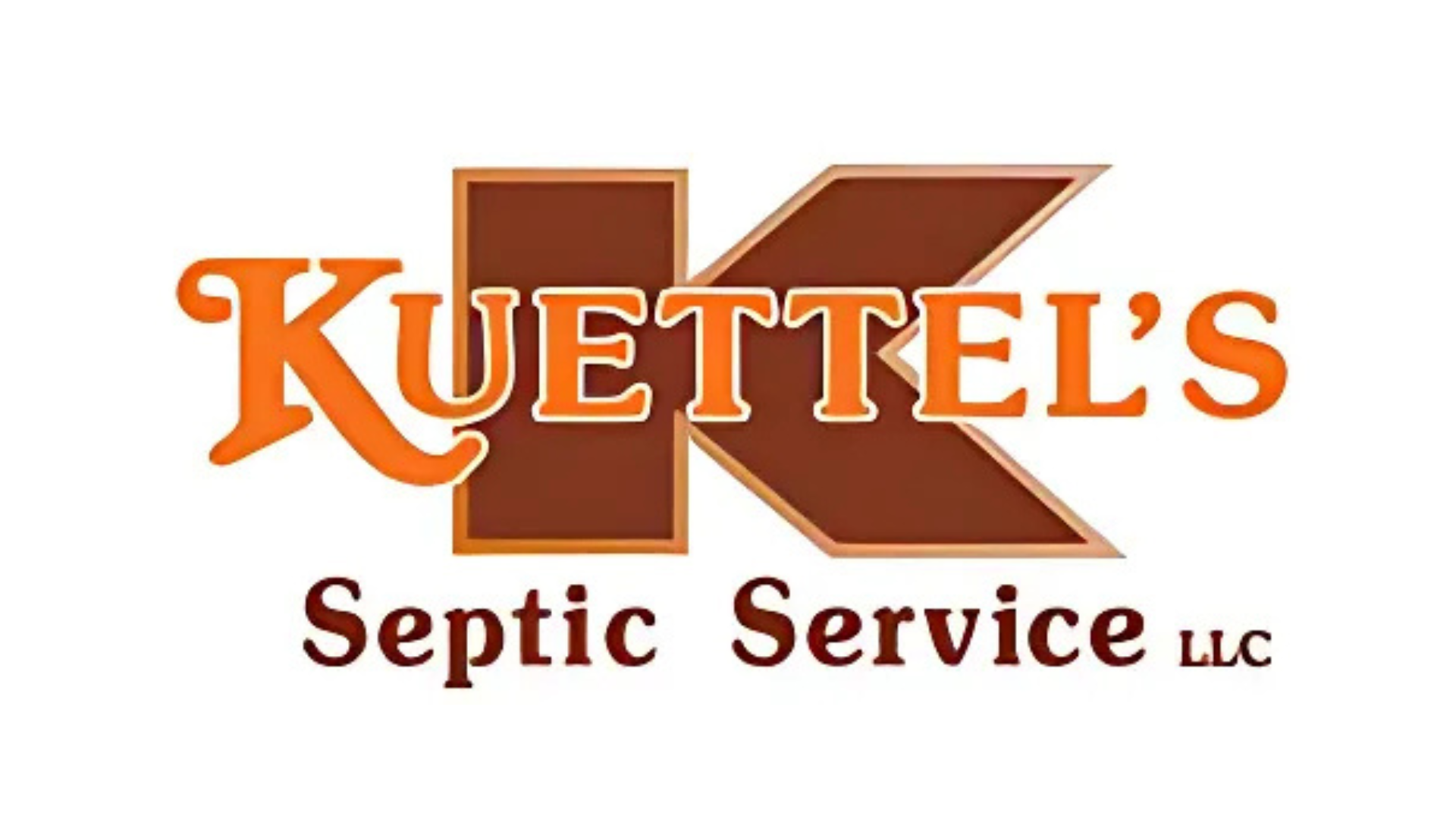Landscaping Options for Your Septic Drainfield
When it comes to landscaping around your drainfield, keep in mind the damage that roots can do. They can get into the lines and begin to plug them, leading to serious drainage issues. While shrubs, trees, and vines are the biggest culprits, plants & flowers should also be researched before planting near your system. For […]

